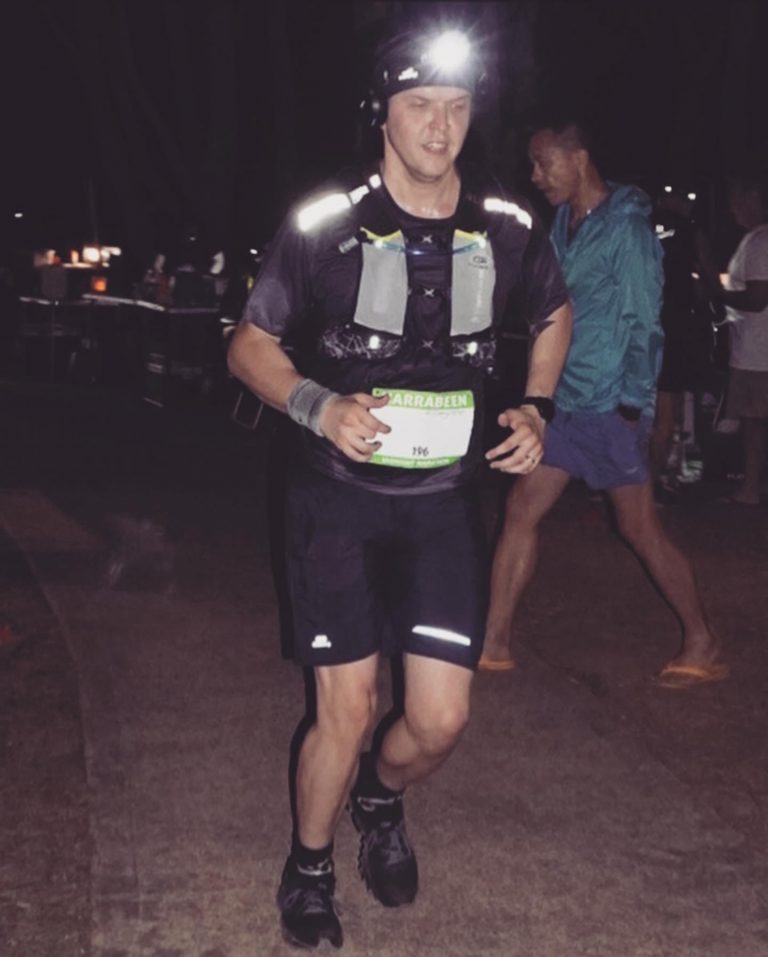If you love running or probably make several runs every week, there are days your legs feel like concrete – stiff and immovable. When this happens regularly and interferes with your running routine, you need to rethink your post-run recovery routine.
A healthy post-run recovery routine that includes everything from recovery stretches and ice bath will help you bounce back with ease after every run. A variety of factors may be contributing to slow post-run recovery, from lack of enough sleep at night to weather outside. However, there are several things you can do to ease the process.
Here are some best post-run recovery tips you can implement:
Be Intentional With Your Post Run Nutrition
After intense runs, it’s essential to replenish your energy stores (carbohydrates/glycogen, protein, and electrolytes) and the fluids you lose through sweating. Eating and rehydrating the right way will help your body recover fast after an intense workout and also boost your immune system affected by the workout.
Here’s a quick overview of what should be in your post-run diet:
- Carbohydrates
Glycogen synthesis is highest within the first hour after an intense workout, and it’s at this time, you should eat a carbohydrate-rich meal/snack. Your snack should provide 1-1.2g of carbohydrates per one kg of your weight.
- Protein
Intense runs break down your muscle tissues. Amino acids are the building blocks of muscles, which is why you need to eat high-quality protein-rich foods within one hour post-exercise to help promote muscle adaptation. Essentially, 10-20g of protein within one hour post-exercise is enough for your recovery.
- Rehydrate
You shouldn’t forget to replace the lost fluid after exercise. Electrolytes, especially sodium, lost through sweat should be replaced for faster recovery. Sodium helps to balance body fluids by reducing urine loss. To know the amount of water you need, weigh yourself before and after runs. You should drink one liter of fluid for every kg lost during the race.
Stretch or Walk Before and After Workout
To stretch or not to stretch? This is a controversial topic among fitness experts. However, most debates revolve around the ideal time to stretch before and after a run.
We suggest that you jog slowly or walk for a few minutes before you start clocking miles. The gentle stretches and jogs help to prepare your muscles for intense runs. Some of the gentle stretches you can include in your routine include butt kicks, walking lunges, high knees, leg swings, and torso twists.
When you’re done with your runs, remember to do some walks or jogging for a few minutes to cool down the muscles. Your muscles will be tired after an intense run such as a half or full marathon, and thus you should be gentle with your stretches to prevent acute muscle damage.
Low-intensity exercise after long runs helps to reduce the buildup of lactic acid and promotes blood flow, which ultimately helps relieve sore and tight muscles.
Cross-Training
Mixing up activities is an excellent way to protect your muscles from getting overworked and tearing without taking a complete break from exercise. On days you need to take a break from running, do low-impact activities such as swimming, biking, yoga, or use an elliptical trainer instead of relaxing fully.
If none of this appeals to you, take short walks to help you maintain your fitness levels while giving joints and muscles involved in running the much-needed break.
Here are some cross-training tips for different situations:
Recreational runners who run three to four days can cross-train two or three days a week.
Competitive runners who run for four to six days a week should incorporate low-impact cross-training workouts during their rest days.
Injured or sidelined runners may need to do cross-training frequently but first, speak with your physiotherapist or sports chiropractor for advice on the recommended exercises for your specific injury. Cross-training can help injured runners improve their fitness levels and deal with the disappointment of being sidelined from long runs.
Recovery Massage or Try Foam Rolling
Getting a massage after long runs will feel more like a reward to your muscles than a recovery plan. However, massaging overworked muscles help to reduce tension, soreness and increase blood flow. If you can find a massage therapist specializing in working with athletes, the better.
You can get a massager or a foam roller for those who prefer massaging themselves. Here are tips for those who are new to foam rolling.
- Position the roller under soft tissue and avoid rolling over your joints or bones
- Work from the center of your body towards the ends
- Roll over each area severally until you relax
- Keep your sessions short and have a rest day between massages
Remember that foam rolling should be done at least a day or two after a long race to prevent muscle damage. Avoid using a foam roller if you have vascular illnesses or chronic pain conditions unless you have approval from your physician.
Don’t Underestimate the Power of Good, Restorative Sleep
A good night’s sleep after a long, intense run is critical. Our muscles and body repair when we’re in deep, restorative sleep. Therefore, make sure you get at least eight hours of quality sleep in a day for speedy post-run recovery.
You should aim to get more than eight hours of sleep for running athletes, as extended sleep has been proven to improve performance on the tracks.
TIP: Wear compression garments to further assist with muscle recovery. Also, ensure that your bedroom is dark, quiet, and free of electronic distractions. Ideally, you should have a sleep routine and avoid drinking caffeine or excessive fluids before bedtime.
Cold Water Immersion
After an intense workout, taking an ice bath can help reduce muscle soreness and inflammation. Fill your bathtub with ice-cold water and add more ice to make the temperatures fall to 55-60 degrees F.
If you’re getting started, you can get into the water with your clothes on and bring a hot beverage with you to warm your inner body as your lower body soaks. Try to dream about the goals you’d want to achieve and how you’ll be once you reach them. The aim is to soak your lower body inside cold water for at least ten minutes.
After three minutes, temperatures will begin to rise, and you’ll start to relax. Once you’re done with your ice bath, take your shower. Even though the ice baths may leave your legs cold, your muscles will thank you later.
If you can’t tolerate or access an ice bath, place ice packs on the most impacted areas, like your knees and quads.
Also, a day after intense activity and ice bath, use heat to relax cramped muscles. Heat promotes blood flow, thereby promoting recovery by reducing lactic acid buildup.
Make Adjustment Based On the Weather
When the weather is hot, you may want to scale down your pace, mileage, and/or intensity. You might also need to have more rest days when the weather is warm and drink more electrolytes and fluids to compensate for lost fluids through excessive sweating.
The weather can play a role in your sleep and thus ensure that your room has optimal temperature to help you get a good, comfortable sleep.
Shower
As you run, you get sweaty. Moist skin is a perfect ground for breeding bacteria. Also, wet clothing can cool you down too quickly. By wearing dry garments, you’ll keep your muscles warm, promoting blood circulation. Good blood flow helps to restore depleted nutrients.
In addition, taking a shower after an intense run also helps you feel fresh and relaxed and clean up your pores. You don’t want to have dead skin and bacteria clogging your pores.
To Sum Up This Easy Routine, We Can Say That:
- Be intentional with your meals after runs. It would be best if you ate a meal/snack with carbohydrates and proteins immediately after a run to replenish your energy stores
- Hydrate as soon after you run to replace electrolytes
- Stretch before a workout to prevent muscle injuries and recover faster
- Shower immediately after runs
- Take an ice bath to relieve sore muscles
- Sleep more to aid in faster recovery
- Adjust your training and rehydration routine based on the weather
- Get a massage
- Mixed up activities such as incorporating swimming, yoga, bike rides, etc. during your rest days
From the look of this, these tips are plentiful, and you won’t be able to incorporate them all in your recovery protocols, but at least you have a glimpse of what to do when you get enough time.
Are you a new runner? Check out our guide on finding beginners running shoes.

Marko Rakic is a trail runner and fitness enthusiast from Sydney, Australia. He is the lead writer for The Ultimate Primate and believes the best way to live a happy life is through constantly challenging yourself.
